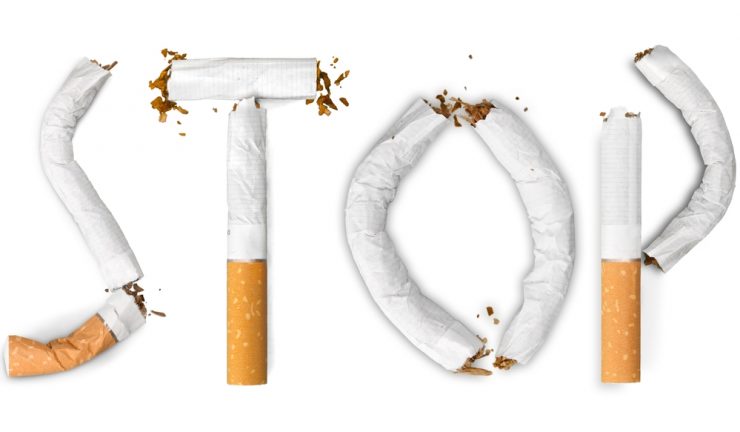In today’s world of “beautiful people,” a healthy smile and good oral hygiene are a must. One of the effects of smoking is a negative impact on the gums. Smoking can cause abnormal function of gum tissue, which can lead to several oral health problems, including periodontal disease. Any type of tobacco use, including smokeless tobacco, can cause oral health to decline in a number of ways.
A few of the consequences of smoking include bad “smokers” breath, discoloration of the teeth, decreased blood flow to gums (which can slow the healing process of dental procedures), mouth sores, increase of plaque, bone loss, and oral cancer. A common misconception is that smokers who do not inhale have a lesser chance of developing oral cancer than smokers who do inhale. This “smoker’s myth” should be discussed with a dental professional.
The American Cancer Society’s studies on smoking and oral health reveal that around 90 percent of oral cancer patients are tobacco users. The risk increases with the length of time and the frequency of use. Oral cancer patients who continue to smoke after cure face almost a 40 percent chance of developing cancer a second time.
Quitting now, regardless of how long a person has smoked, will decrease the risk of oral disease. Studies indicate that with every passing year, the risk lowers until about the tenth year, when the risk is about equal to that of people who have never smoked.
Dental professionals and physicians will be able to help with the process by prescribing medications, and some hospitals and clinics offer classes to help smokers quit smoking. In addition, information on support groups should be available at local hospitals. It is hard to stop bad habits, but much easier with a little help from friends.











